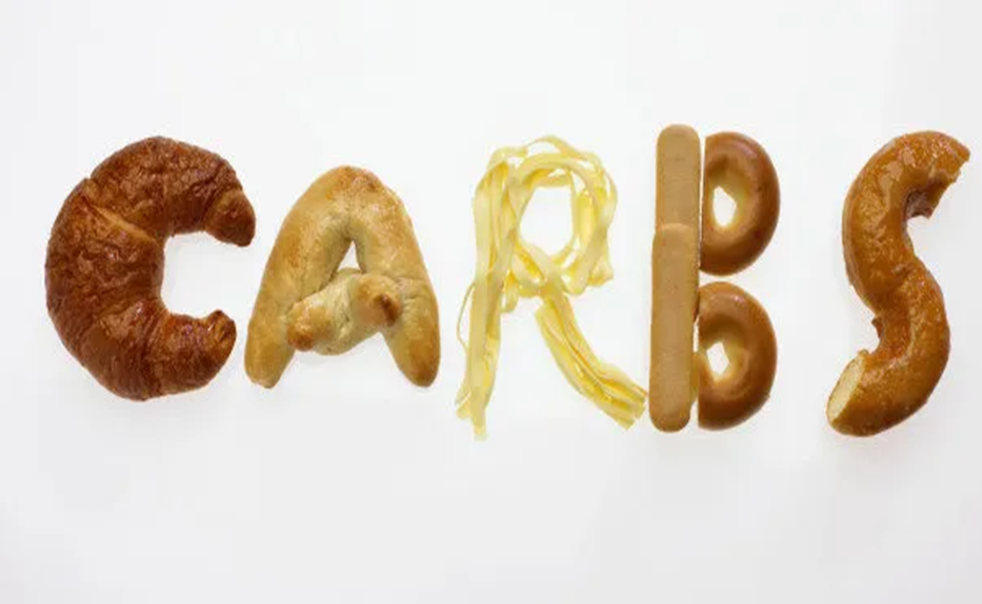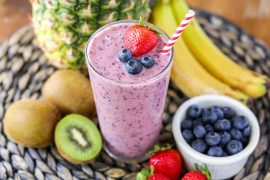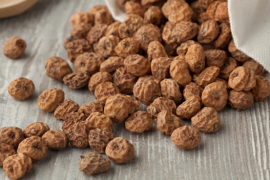By Kembet Bolton
I have been watching my weight for as long as I can remember. I can not think of a time when I wasn’t trying to lose weight. My quest for losing weight and being tiny has seen me battling with different eating disorders, which has never yielded the result I longed for. I have tried different fad diets, will lose a few kilograms and will gain them back as faster than it took me to lose.
In 2018, a friend of mine introduced me to the ketogenic diet, an eating style that encourages a high fat and very low-calorie intake. She showed me before and after pictures of people on the diet and I needed no much convincing as I quickly jumped on it.
True, in 3 months I had shed off some 10kg and was looking trimmer than I have ever been in my adult life. However, the cravings started and I became very weak and unfocused. I discovered that whenever I cheated and took some calories, my mood will be lifted and I will be strong again. I stealthily started including calories in my diet again and in no time I had gained the 10kg and a little extra back.
I was sad and began intensive research on weight loss programs that did not involve the elimination of any food class. I came across a weight loss coach on Instagram and the transformation pictures on her page were just amazing. Something else struck me about her page. All her clients indulged in very high-calorie foods like white rice, bread, etc. and still had amazing weight loss results. I was intrigued and went straight to her DM. In response to my query, she told me ‘’calories are not the enemy’.
That was the beginning of an amazing weight loss journey for me. I will tell the story in a subsequent article, but today, I want us to discuss 4 myths about calories.
- Calories in, calories out is all you need to know- What does “calories in” refer to?
Calories in — what we eat. We can’t metabolize sunlight or oxygen. We can’t feast on the souls of the damned. The food we eat determines “calories in” entirely. Simple.
“Calories out” is where it gets confusing. There are several components to “calories out”.
Resting energy expenditure — the energy used to handle basic, day-to-day physiological functions and maintenance
Thermic effect of food — the energy used to digest food and process nutrients
Active energy expenditure — the energy used during movement (both deliberate activity like lifting weights, jogging, and walking, plus spontaneous activity like shivering and fidgeting)
Not so simple, is it? There are a lot more variables to consider.
Oh, and about those variables…
- Calories in and calories out are independent variables.
That would be nice. You could drop energy intake and maintain your resting metabolic rate while burning the same amount of energy digesting food (even though you’re eating less of it) and working out. The fat would melt off at a predictable, constant rate. Anyone with basic arithmetic skills (or a calculator) could become a successful weight loss coach and very few people would be overweight.
In reality, the amount and type of calories we eat affect the amount of energy we expend: During calorie restriction, the body “defends” its body weight by lowering resting metabolic rate and reducing spontaneous physical activity. To keep the weight loss going, you often have to lower food intake even more (to counteract the reduced metabolic rate) and remind yourself to fidget, tap your feet, twiddle your thumbs, and shiver (to recreate the missing spontaneous movement). And you have to do it again when the body readjusts.
Whole foods take more energy to process and digest than processed foods. In one example, subjects either ate a “whole food” sandwich (multigrain bread with cheddar cheese) or a “processed food” sandwich (white bread with cheese product). Both meals were isocaloric (same number of calories) and featured roughly identical macronutrient (protein, fat, carb) ratios. Those eating the multigrain sandwiches expended 137 calories postprandially (after their meal). The white bread group expended only 73 calories, a 50% reduction in the thermic effect of food.
Protein takes more energy to process and digest than other macronutrients. Compared to a low-fat, high-carb diet, a high-protein diet increased postprandial energy expenditure by 100% in healthy young women. And in both obese and lean adults, eating a high-protein meal was far more energetically costly (by almost 3-fold) than eating a high-fat meal.
Calories in affects calories out. The two variables are anything but independent of each other.
- Weight gain is caused by eating more calories than you expend.
Calorie fetishists love pointing out that weight gain requires overeating. That is, everyone who gains weight necessarily ate more calories than they expended. Okay. We’ve established that everyone agrees on this. But it’s just restating the issue. It doesn’t tell us anything new or useful. It’s merely descriptive, not explanatory.
To show you what I mean, let’s do the same thing with other phenomena. Why was Martin Luther King Jr. assassinated? Because someone pointed a sniper rifle at him and fired it. Why did Usain Bolt win the 100 m final in the Beijing Olympics? Because he crossed the finish line first. Why is the restaurant so crowded? Because more people entered than left. These are technically true, but they ignore the ultimate causes. In King’s case, they fail to discuss racism, the civil rights movement, or the motivation of the shooter. They don’t mention Bolt’s training, genetics, or childhood. They don’t discuss why the restaurant has attracted so many customers — new menu, Valentine’s Day, graduation? They simply restate the original statement using different words. They just describe what happened.
I’m interested in what truly causes us to eat more than we expend and/or expend less than we eat. I don’t care to merely describe weight gain because that doesn’t help anyone.
- A calorie is a calorie.
Look. I loved Carl Sagan. Like everyone else, I got chills when he’d wax poetic about our place in the universe and our shared origins as “star-stuff.” But just because steak comes from the same star-stuff as a baked potato, isocaloric amounts of each do not have identical metabolic fates in our bodies when consumed.
We even have a study that examined this. For two weeks, participants either supplemented their diets with isocaloric amounts of candy (mostly sugar) or roasted peanuts (mostly fat and protein). This was added to their regular diet. After two weeks, researchers found that body weight, waist circumference, LDL, and ApoB (a rough measure of LDL particle number) were highest in the candy group, indicating increased fat mass and worsening metabolic health. In the peanut group, the basal metabolic rate shot up and neither body weight nor waist size saw any significant increases.
Does this invalidate the relevance of energy balance? Of course not. Since the peanut group’s metabolic rate increased, they expended more calories in response to added calories, thus remaining in balance. But it does elegantly and definitively invalidate the simplistic notion that all calories, especially added calories, are treated equally by the body.
Having attempted to disabuse your minds from the myths surrounding calorie, I promise to bring to you my weight loss regimen that includes eating all my beloved calories and still losing weight.
Until then, calories are not the enemy.





Comments are closed.